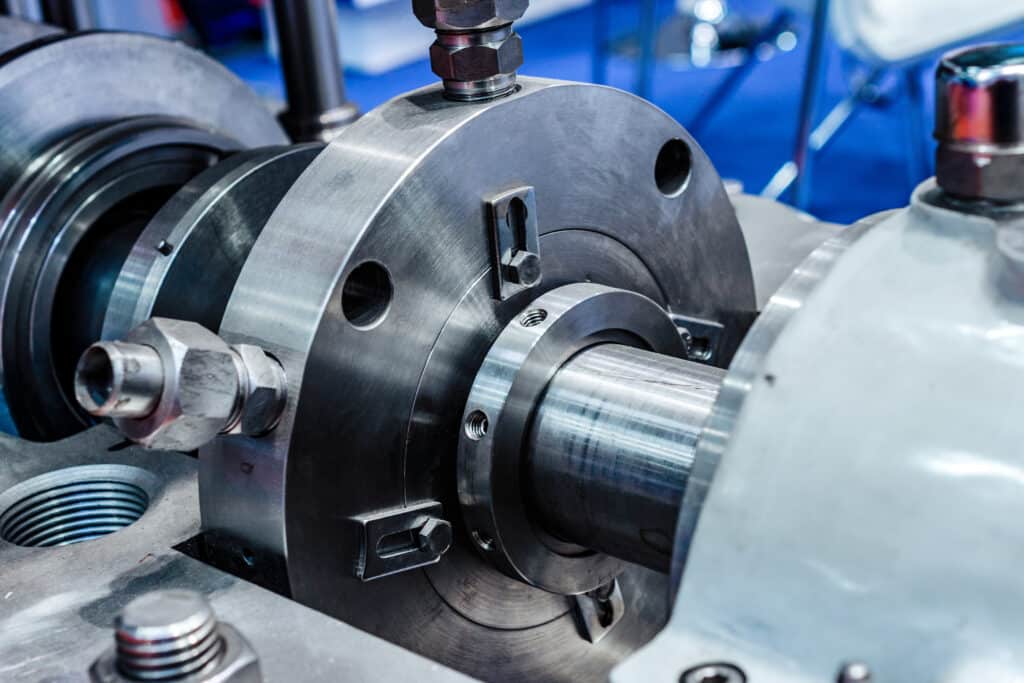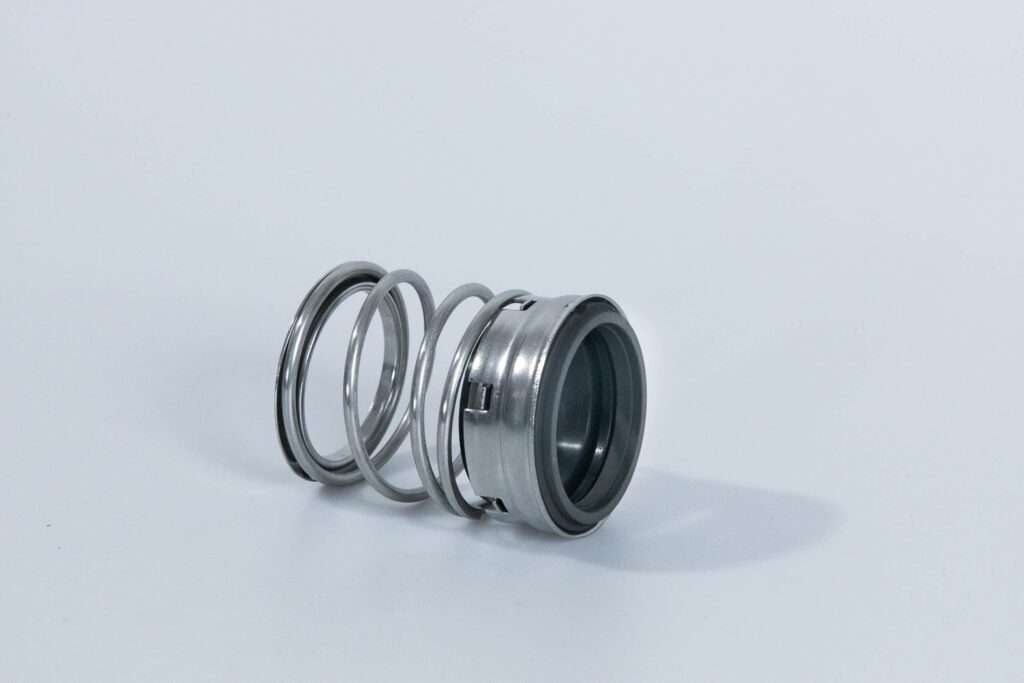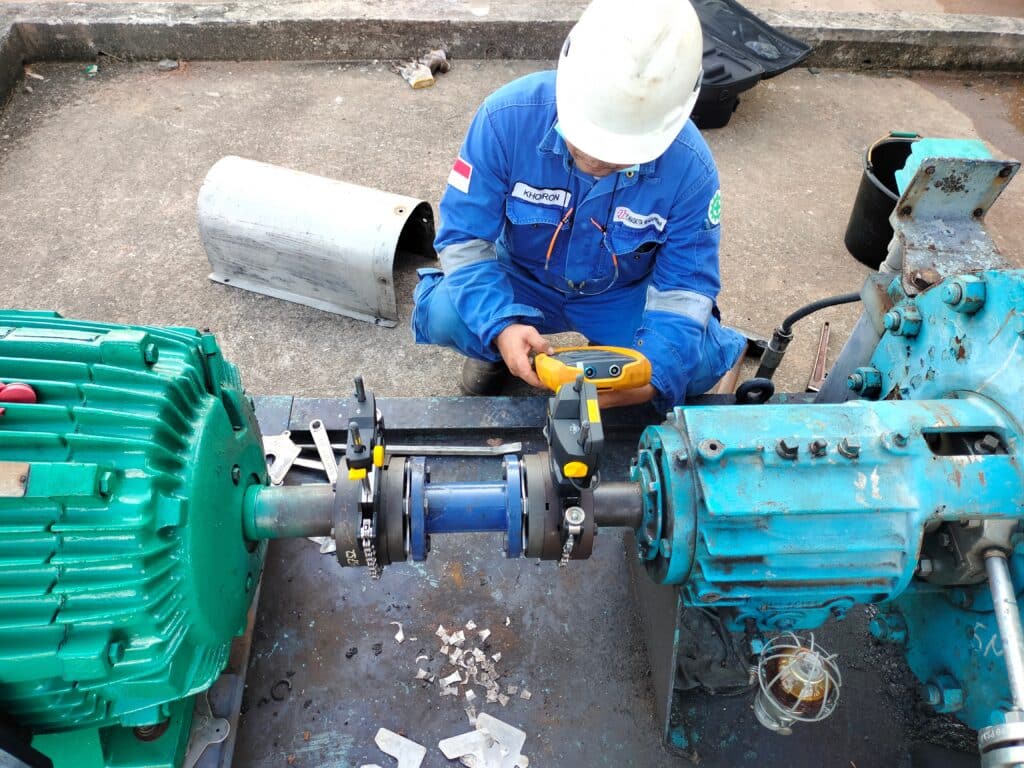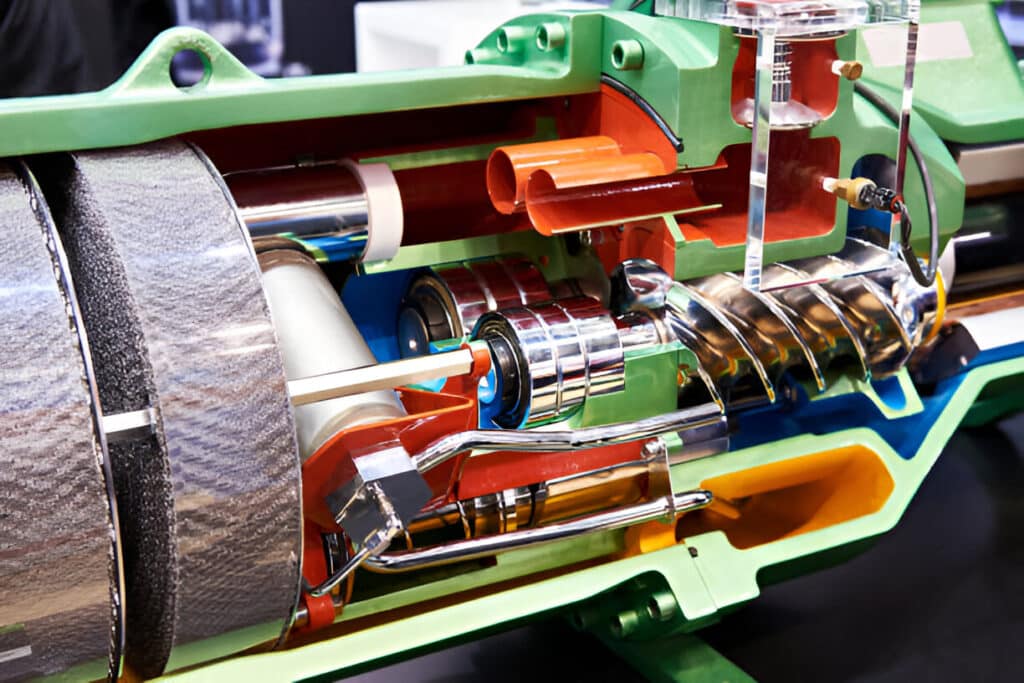
What Is the Mechanical Seal Balance
Mechanical seal balance refers to the distribution of hydraulic forces acting on the seal faces. The balance of a mechanical seal is determined by the ratio of the hydraulic closing force to the opening force. The closing force is generated by the pressure of the sealed fluid acting on the seal faces, while the opening force is typically provided by springs or bellows.
What Is Balance Ratio
Balance ratio is defined as the ratio of the hydraulic closing area to the hydraulic opening area. The hydraulic closing area is the portion of the seal face subjected to the sealed pressure, which generates a closing force. The hydraulic opening area, on the other hand, is the portion of the seal face exposed to the atmospheric pressure, creating an opening force.
The balance ratio can be calculated using the following formula:
Balance Ratio = (Hydraulic Closing Area) / (Hydraulic Opening Area)
A seal with a balance ratio greater than 1 is considered unbalanced, while a seal with a balance ratio less than 1 is considered balanced. A balance ratio equal to 1 indicates a perfectly balanced seal, where the closing and opening forces are equal.
What Is Balanced Mechanical Seal
A balanced mechanical seal is a type of seal design in which the hydraulic forces acting on the seal faces are balanced to minimize face loading and heat generation. In this design, the closing force, generated by the sealed pressure acting on the backside of the seal face, is offset by an opening force created by exposing a portion of the seal face to the sealed pressure.
Balanced seals are commonly used in applications involving high pressures, high speeds, or low-viscosity fluids. They are available in various configurations, such as single seals, double seals, and tandem seals, to suit different application requirements.
Advantages of Balanced Mechanical Seal
- Lower heat generation due to reduced seal face loading
- Longer seal life as a result of decreased wear
- Ability to handle higher pressures and shaft speeds
- Improved performance in demanding applications
- Greater tolerance for misalignment and shaft movement
- Enhanced leakage control and environmental compliance
Disadvantages of Balanced Mechanical Seal
- More complex design compared to unbalanced seals
- Higher initial cost due to additional components and precision manufacturing
- Increased sensitivity to changes in operating conditions
- Potential for leakage if not properly maintained or installed
- Requirement for cleaner and higher quality barrier fluids
What Is Unbalanced Mechanical Seal
An unbalanced mechanical seal is a type of seal design in which the hydraulic forces acting on the seal faces are not balanced, resulting in higher face loading compared to balanced seals. In an unbalanced seal, the full sealed pressure acts on the backside of the seal face, generating a closing force that is not offset by an opening force.
Unbalanced seals are commonly used in applications with lower pressure and speed requirements, such as water pumps, HVAC systems, and some chemical processing equipment. They are available in various configurations, including single seals, cartridge seals, and bellows seals.
Advantages of Unbalanced Mechanical Seal
- Simpler design with fewer components
- Lower initial cost compared to balanced seals
- Easier installation and maintenance
- Suitable for low-pressure applications and non-critical services
- Less sensitive to changes in operating conditions
Disadvantages of Unbalanced Mechanical Seal
- Limited pressure handling capacity due to high seal face loading
- Increased heat generation and wear, leading to shorter seal life
- Poor performance in high-speed and high-temperature applications
- Greater leakage rates compared to balanced seals
- Inability to handle significant shaft misalignment or movement
When to Use Balanced Mechanical Seal
- High-pressure applications exceeding 150 psi (10 bar)
- High-temperature applications above 400°F (200°C)
- Handling viscous, corrosive, or abrasive fluids
- Processes requiring minimal leakage and strict environmental controls
- Applications with significant shaft misalignment or movement
- High-speed rotating equipment such as centrifugal compressors and turbines
When to Use Unbalanced Mechanical Seal
- Low-pressure applications below 150 psi (10 bar)
- Moderate temperature applications under 400°F (200°C)
- Handling non-critical, clean, or lubricating fluids
- Processes with less stringent leakage and environmental requirements
- Applications with minimal shaft misalignment or movement
- General-purpose pumps, mixers, and agitators
Difference between Balanced and Unbalanced Mechanical Seal
| Factor | Balanced Mechanical Seal | Unbalanced Mechanical Seal |
|---|---|---|
| Heat Generation | Lower | Higher |
| Seal Balance Ratio | Less than 1.0 | Equal to 1.0 |
| Mechanical Seal Life | Longer | Shorter |
| Stuffing Box Pressure | Lower | Higher |
| Vibration and Misalignment | Better tolerance | Limited tolerance |
| Liquid Handling | Wider range of fluids | Limited to clean, lubricating fluids |
| Seal Face Loading | Lower | Higher |





